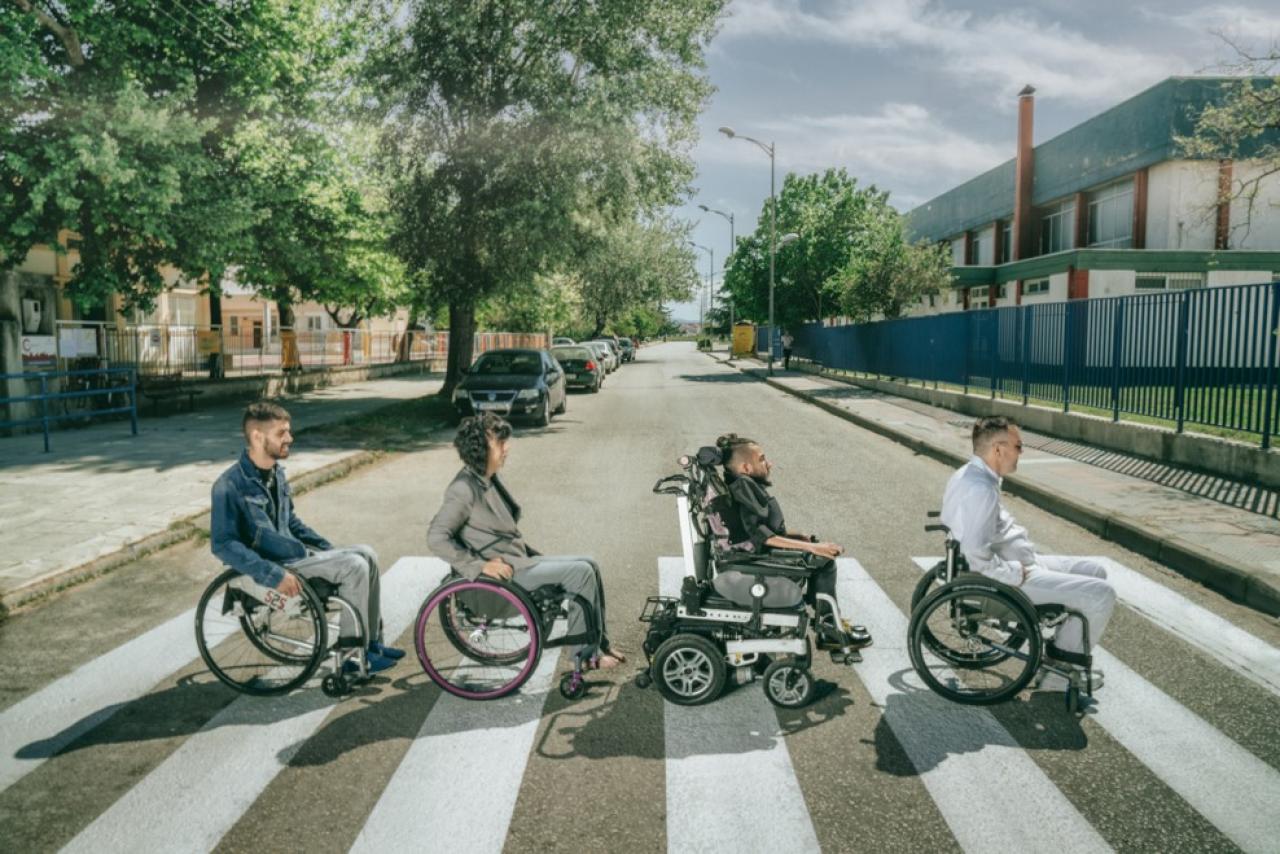In today’s interconnected world, providing an effective and attractive urban mobility experience for everyone is key to a thriving city. The available modes of transport must be accessible and flexible to accommodate various needs, while providing added benefits to local communities and visitors. Such benefits can come in many forms: lower costs, increasing efficiency, or health benefits – or at least, making the journey through and to a city more enjoyable.
This article highlights eight inspiring urban mobility solutions. These are a segment of the 116 newly selected URBACT Good Practices. At the end of 2024, European cities and regions were invited to submit their sustainable development solutions as part of an open call. All URBACT Good Practices have been selected based on an expert assessment of each practice: its local impact, degree of relevant participatory and integrated approaches as well as its potential transfer to other European cities.
Motivating specific mobility purposes
Although the solutions might be publicly available, the mobility experience is not equal for everyone. The choices of modes of transit are highly dependent on the specific purpose of transit. Understanding common needs and desires of mobility users sharing a specific mobility purpose is crucial for cities to provide and facilitate suitable urban mobility solutions.
#1 – Zaragoza (ES)
The STARS Zaragoza Project has reached 12 000 primary and secondary school students through a participatory effort to make use of non-polluting means of travel. By focusing on the promotion of autonomous commuting among students, city authorities have achieved remarkable results. The diverse achievements include: (i) the establishment of student groups that encourage the use of bikes supported by a teacher network; (ii) the introduction of female biking role models; (iii) and designing personalised school routes.
The impact of STARS Zaragoza stretches beyond the local. By virtue of an alliance between local, regional and state administration and public bodies, the project is a beacon of successful multi-level governance.
#2 – Strasbourg Eurométropole (FR)
Biking is not only non-polluting, it’s also affordable for most people. This practice also supports commuting on bikes, but unlike in Zaragoza, it focuses on professionals. Au Boulot à Vélo, or Bike to Work Challenge, is realised in collaboration with a local NGO. The yearly campaign, which lasts the entire month of June, is carried out in close collaboration with local cycling communities and companies.
With 17 000 participants in the most recent action, over half of whom were women, the impact is building real momentum. What is particularly notable is that the project has welcomed more than 2 000 participants who never biked to work before. The project proves to many that commuting by bike is both possible and desirable.
#3 – Faenza (IT)
The Bike to Work programme is another Good Practice, co-financed by the Municipality of Faenza and the Emilia-Romagna Region. It uses key incentives such as reimbursement of distances travelled by bike, competitive rankings and reward systems, all through a dedicated app.
Thus far, a total distance of biking corresponding to 15 times the Earth’s circumference has been recorded! The best performing participants are awarded by the local government in a public event.
#4 – Hannut (BE)
Ride and Buy is a dedicated app to incentivise sustainable urban mobility. The app incentivises students to commute by bike accompanied by their parents and offers a trial and discount on electric bikes. It even offers vouchers that can be used in local stores based on bike distances.
In a truly collaborative manner, the idea that was conceived by local youth was realised with the support of the city and regional authorities.
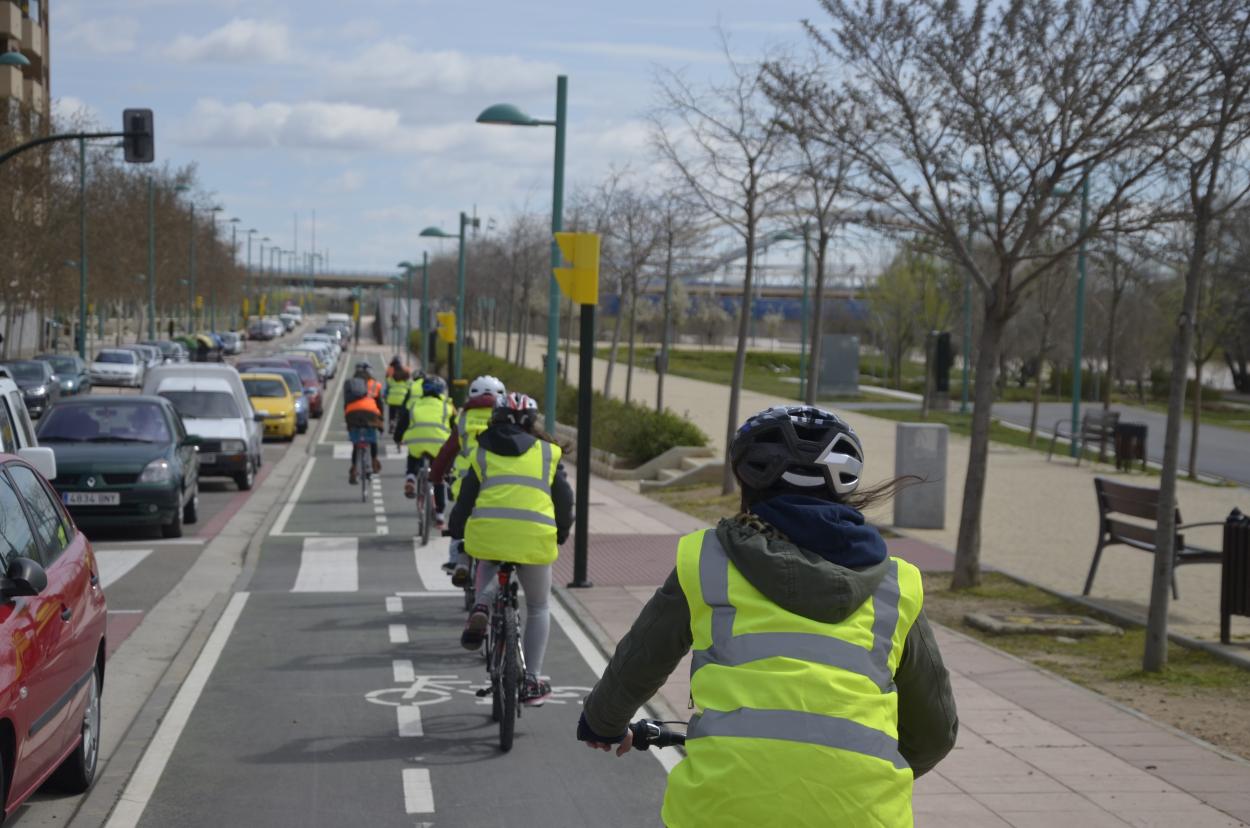
| 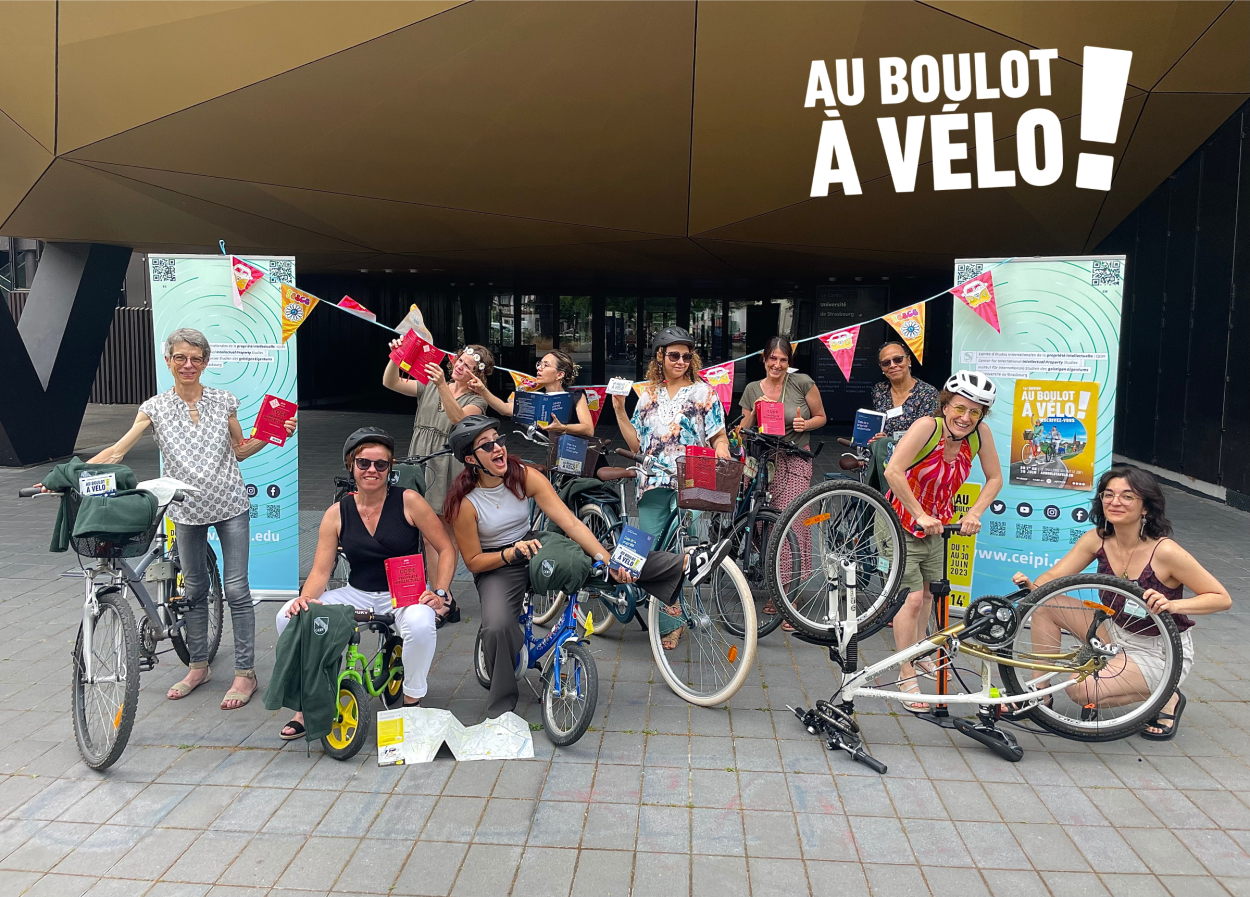
| 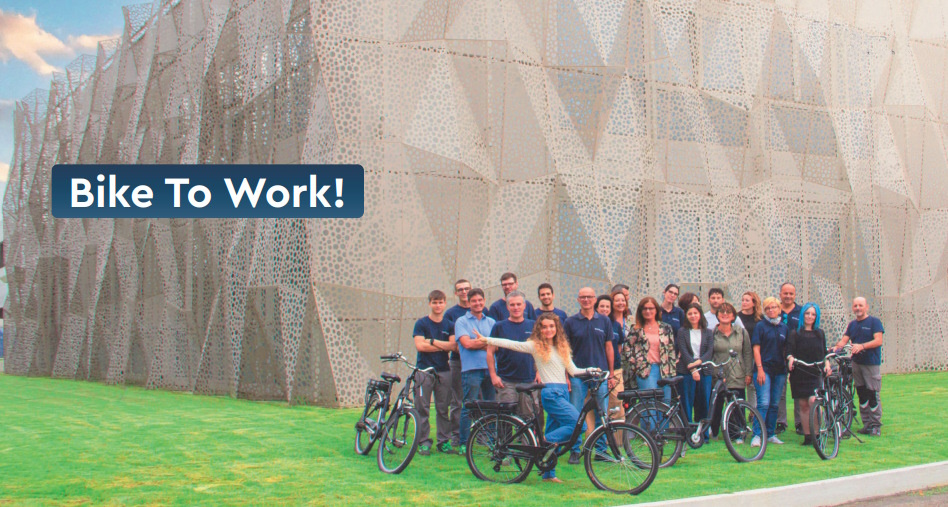
| 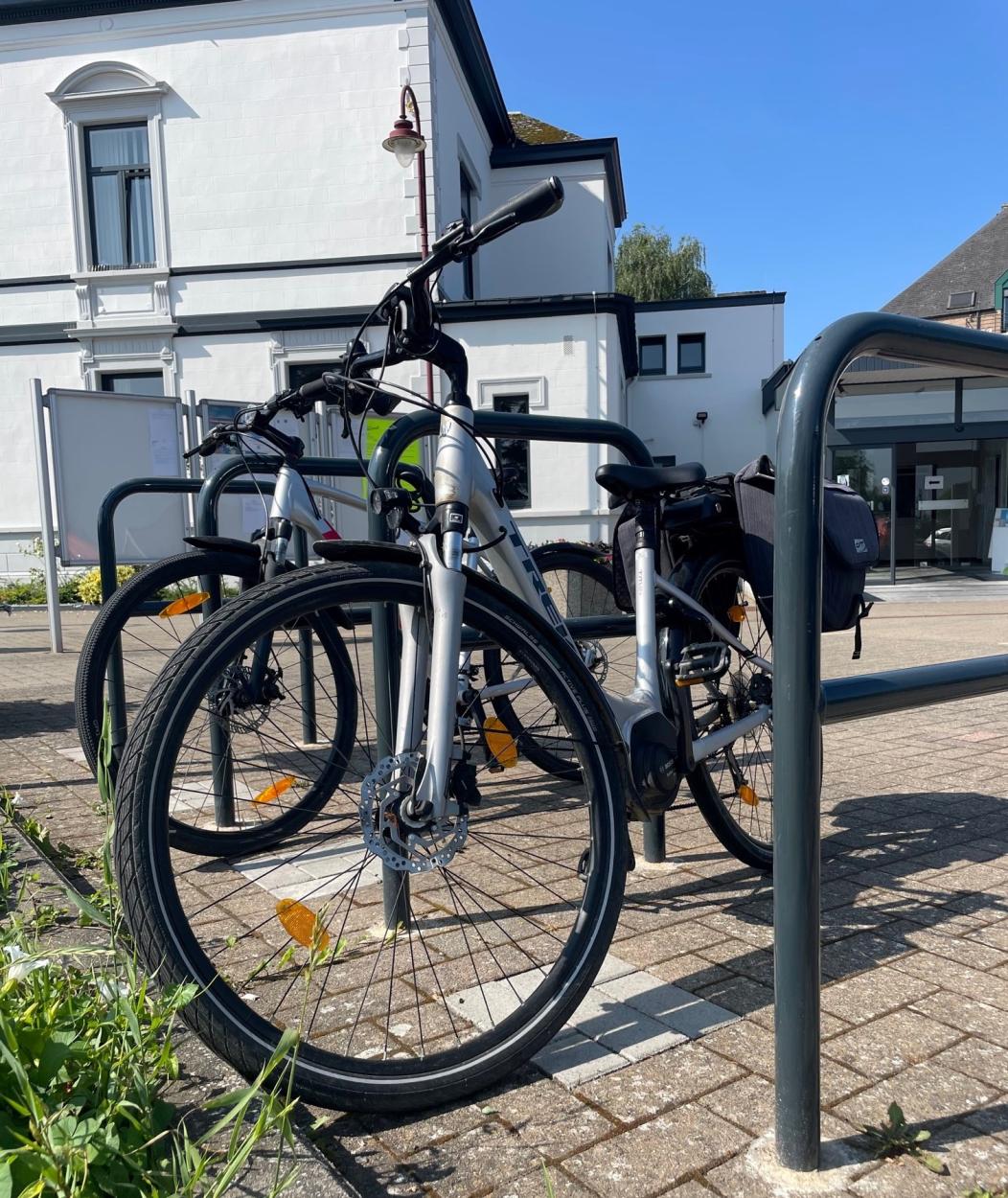
|
What’s the takeaway for your city?
Targeting specific needs requires a deep understanding of individual motivations and desired benefits. For these practices, collaborating with the relevant stakeholders has been key to strengthening the mobility solutions by tying them to relevant strategic frameworks. This has ensured the longevity of the initiatives beyond the political cycle. These practices have already inspired variations, involving local businesses and schools and even neighbouring municipalities.
On-demand rural mobility solutions
Providing conventional public transport can prove challenging in areas with low population density. For many rural areas in Europe, it is difficult to connect dispersed communities with mobility solutions and resources. Two of the recently selected URBACT Good Practices tackle the challenge by endorsing on-demand mobility solutions.
#5 – Viseu Dão Lafões (PT)
Ir e Vir allows residents in its 13 municipalities to book rides through a free phone line. The transit, operated by taxis, is only made available on demand to prearranged stops according to a schedule, and if no public transportation option is available at that time. This service provides accessibility at bus-equivalent fares while optimising routes according to reservations which are to be made a day prior to the journey.
#6 – Coimbra (PT)
SIT FLEXI offers a similar service to its residents – it is also operated by taxis, only by reservation. The solution even considers interoperability with other mobility services. The scheduling of routes and design of stops and timetables are developed collaboratively considering needs and desires of inhabitants and the municipalities involved.
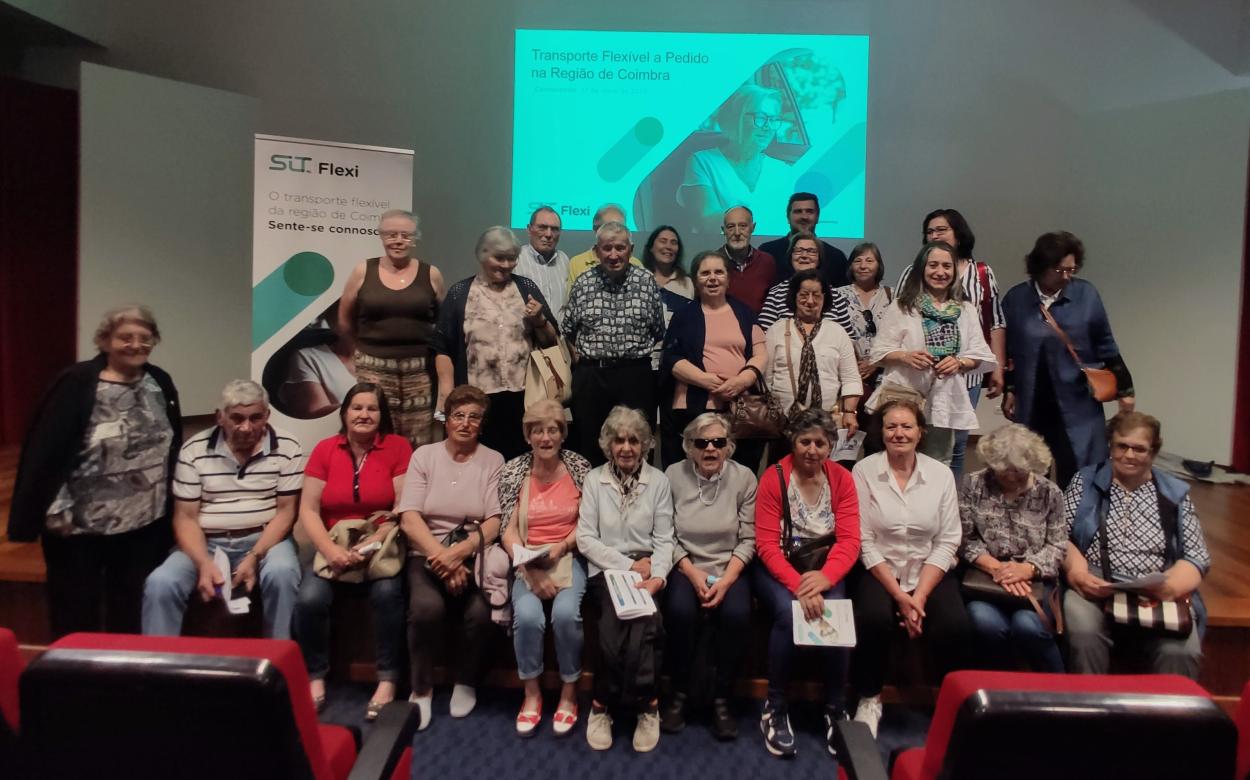
| 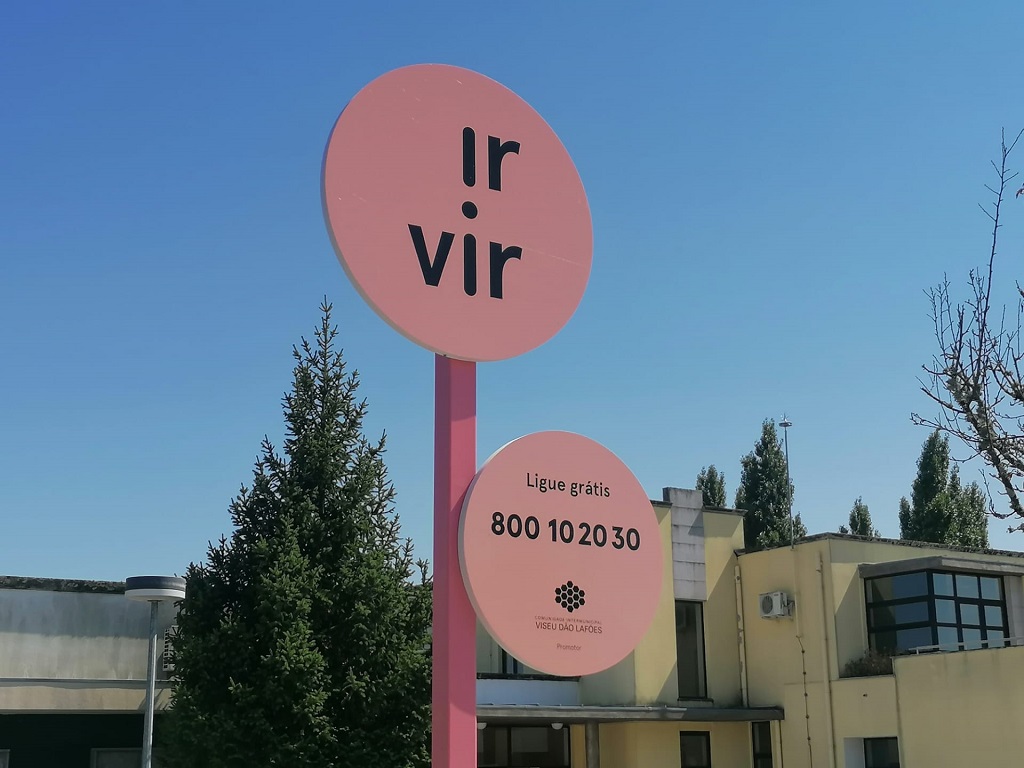
|
What’s the takeaway for your city?
The above practices are rural on-demand solutions, proving the benefit for cities in leveraging existing taxi networks and transportation services. The respective public authorities have succeeded in minimising operating costs and even environmental harm (compared to conventional public transport operations).
Most importantly, the solutions are a means for maintaining connections to a broader urban-rural network. Stated simply, these solutions not only enhance the quality of life and social cohesion, but improve (quite literally) access to healthcare, education, and employment. Solutions like these even have the power to attract inhabitants who left urban life to return.
While exploring app-based booking, it is important to keep a phone-based booking option to ensure that users with lower digital literacy can also benefit.
Coherent mobility plans
Transforming, adjusting, and maintaining accessible mobility solutions for all is no easy feat. Aiming to fulfil the dynamic range of diverse needs poses logistical hurdles and highlights constraints of existing infrastructure to creating a genuinely inclusive urban space. Incoherent mobility solutions run the risk of overlooking certain needs or discourage the use of more sustainable options.
#7 – Brussels (BE)
With the URBACT Good Practice cAIRgo Bike, the city promotes the use of cargo bikes with the aim of enhancing urban air quality. The measures span subsidies for cargo bike purchases, shared bike systems, and dedicated parking solutions.
By offering training programmes for families and professionals, the initiative goes beyond hard infrastructure to ensure safe and efficient use. The initiative also involves local NGOs and private companies, while aligning with city and regional policy frameworks, and has proven to combat traffic congestion and pollution.
#8 – Komotini (EL)
With Accessible city for all, which has been acknowledged as an URBACT Good Practice, the local administration has fundamentally managed to redefine persons with disabilities from being a social group that “has to be served” to becoming partners helping distinguish the city.
Through these initiatives, co-funded by the municipality and run by a local NGO, persons with disabilities participate in advisory boards and steering committees and for some initiatives run and oversee activities. Meanwhile, the city is providing frames that enable disabled people to come to Komotini to complete their rehabilitation. The effort has led not only to refining urban infrastructure for all citizens but also social initiatives such as the establishment of a community centre, halfway house and activity centre for and run by persons with disabilities as well as after school programmes for children with intellectual disabilities.
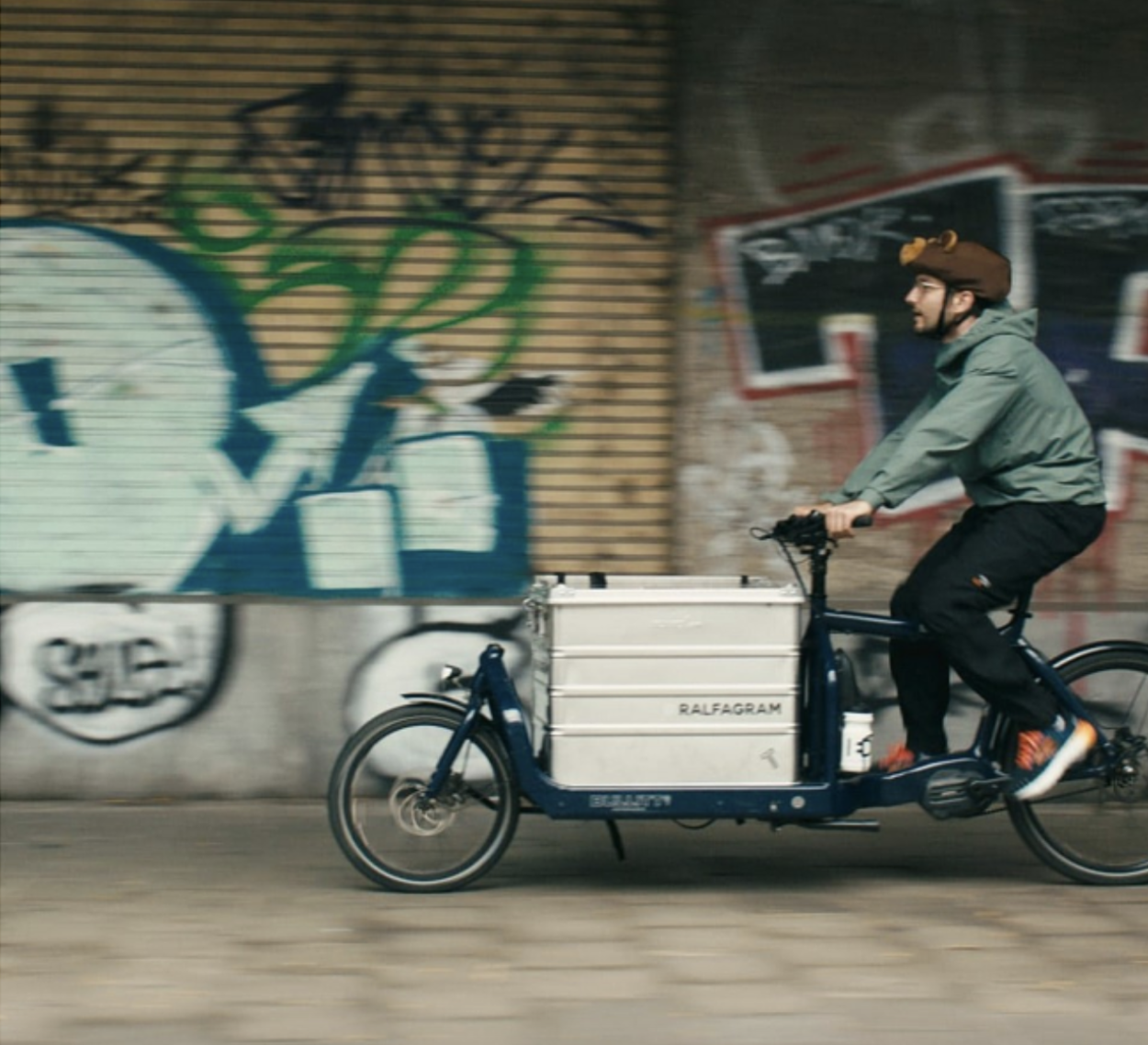
| 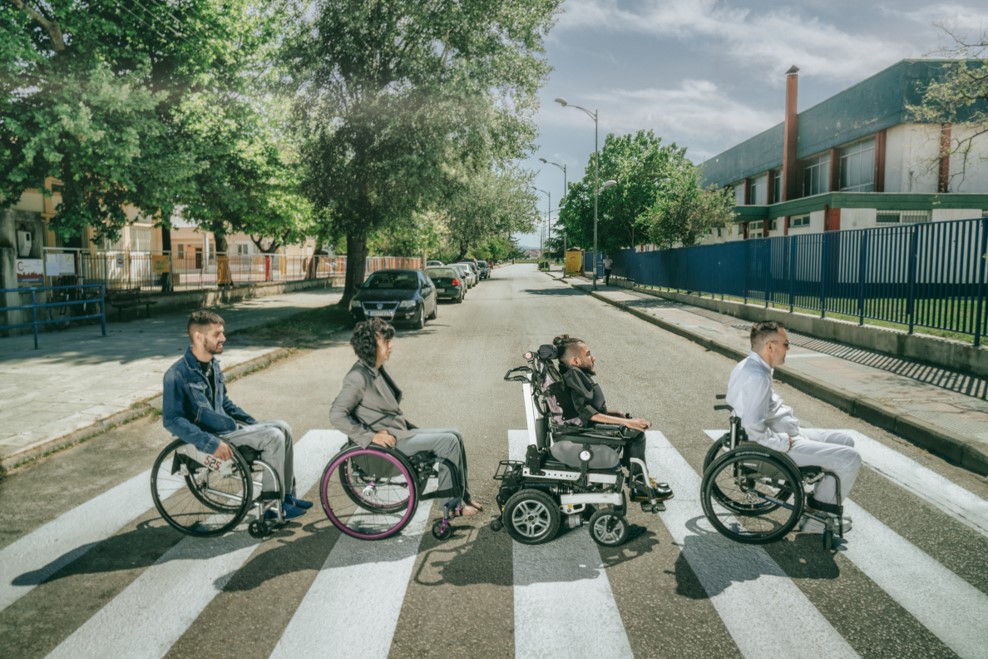
|
What’s the takeaway for your city?
Both practices offer coherent mobility plans with great success. Whereas Brussels starts from the specific advantages that cargo bikes offer, Komotini offers an urban experience that not only accommodates but also attracts and empowers a group at risk of being neglected.
Their approaches can inspire communities from other cities to demand and make the same changes in their own cities.
Beyond the database: upcoming opportunities to see URBACT Good Practices in action
This article traces the surface of eight effective practices for rethinking and imagining sustainable mobility in European cities. When it comes to effective and attractive urban mobility solutions, there is no one-size-fits-all solution. A city is never a blank canvas – existing infrastructure, culture, and history should be taken into account in planning urban mobility solutions. However, cities are also dynamic spaces that are ever evolving. In the end, the local added value should always be the determining factor in transferring any practice or solution.
Stay tuned for more Good Practice thematic cluster articles, coming soon! In the meantime, dig into the URBACT Good Practices database, which contains inspiring practices related to gender equal cities, climate action and many different topics.
Want to meet the people who made these Good Practices possible? Join us at the URBACT City Festival in Wrocław (PL) from 8-10 April 2025. Representatives of the 116 newly selected URBACT Good Practices will lead an exclusive meet and greet session. Register now for the opportunity to learn more about their success stories…and how you can make them happen in your city!
Finally, you can get the latest insights on mobility for sustainable urban development on URBACT’s Mobility Knowledge Hub.
This article was authored by: Kai Paludan-Müller and Andreaa Tanase.

